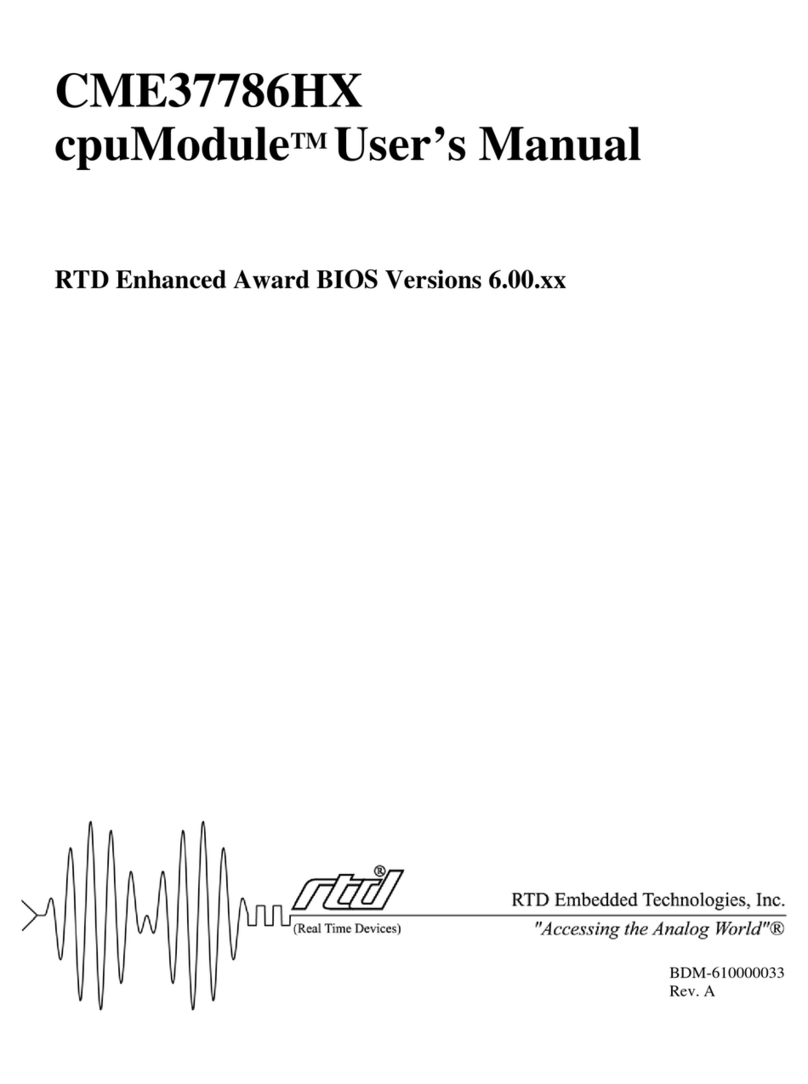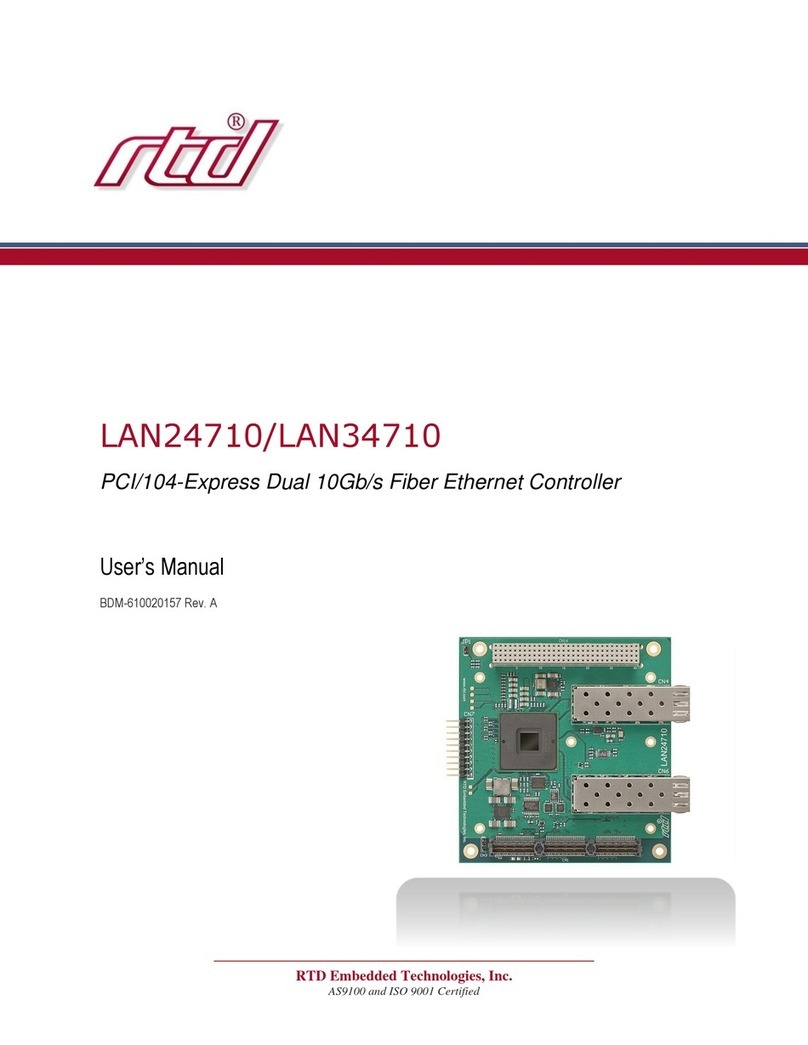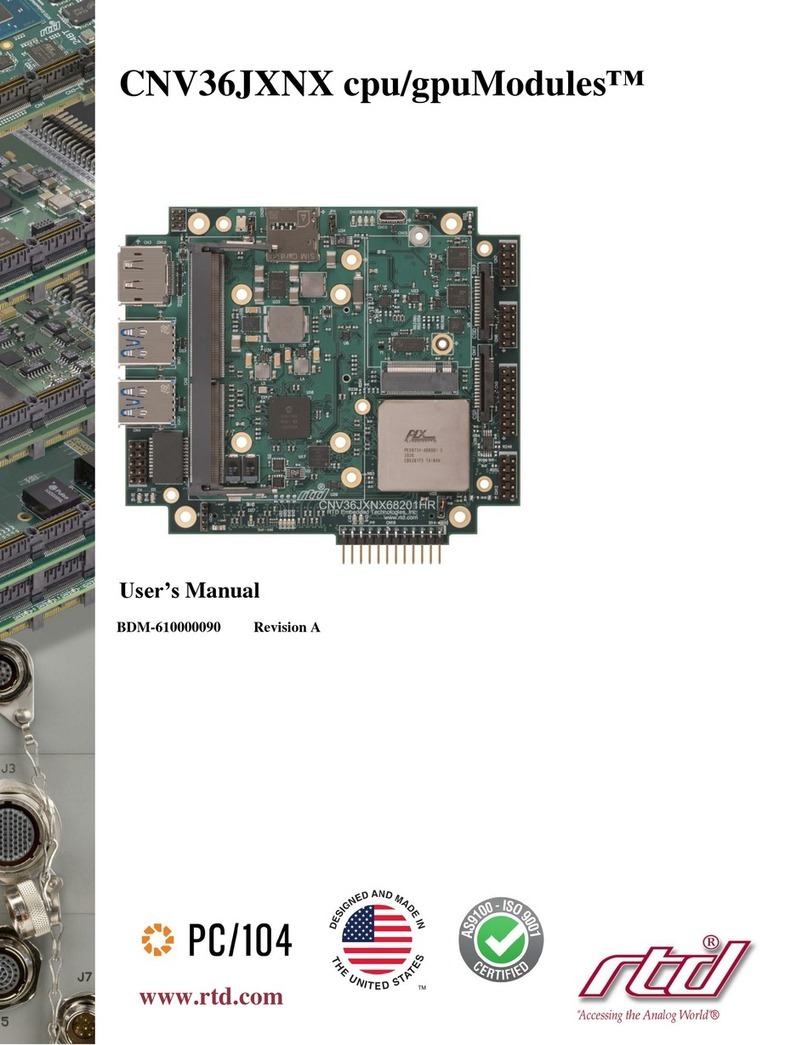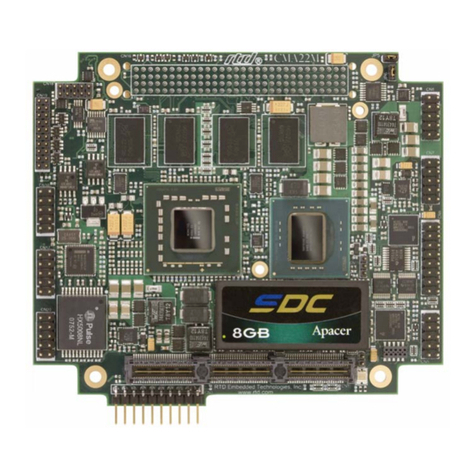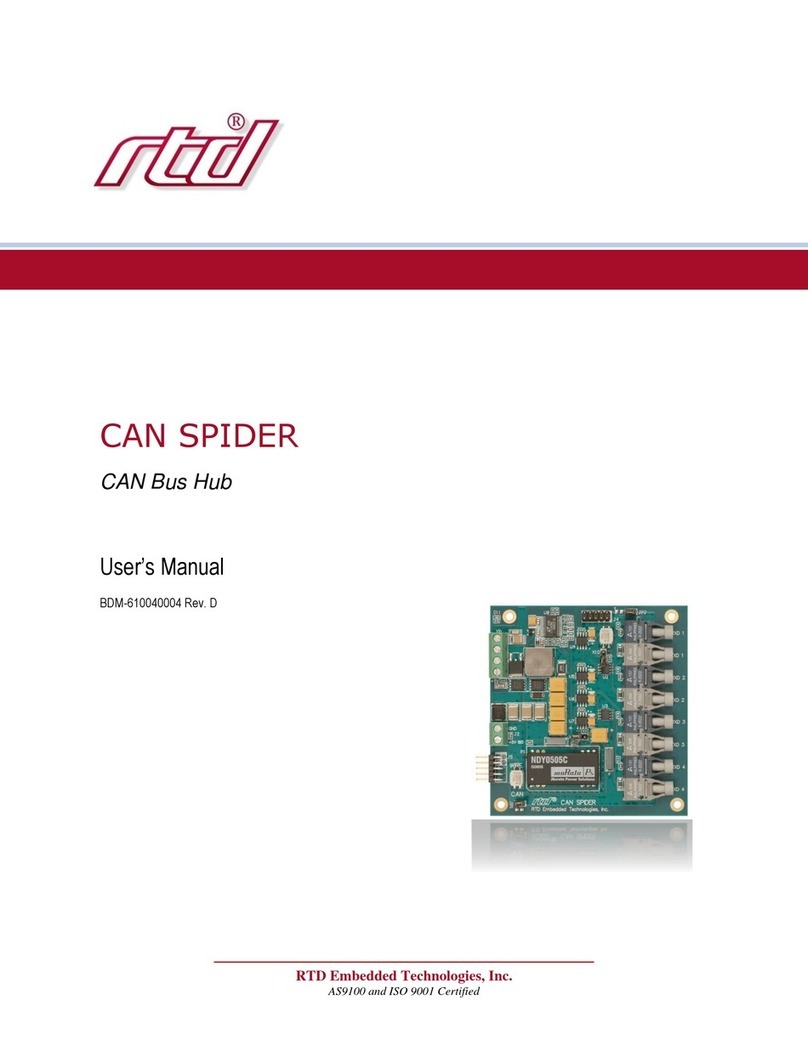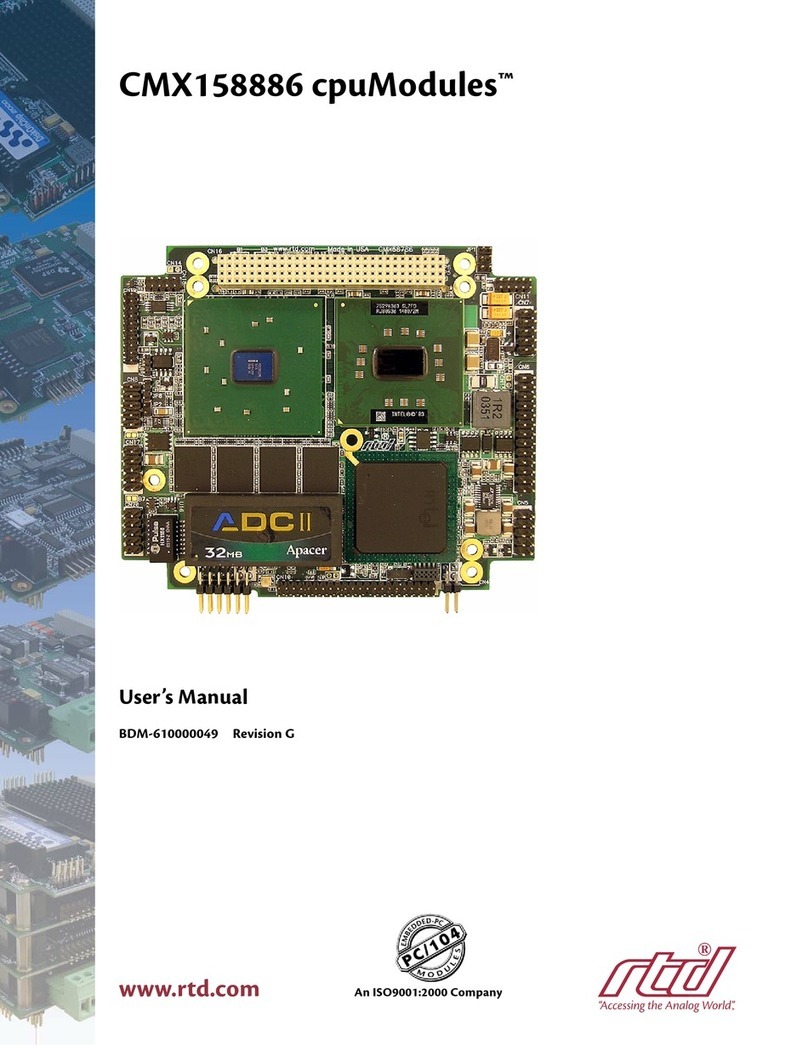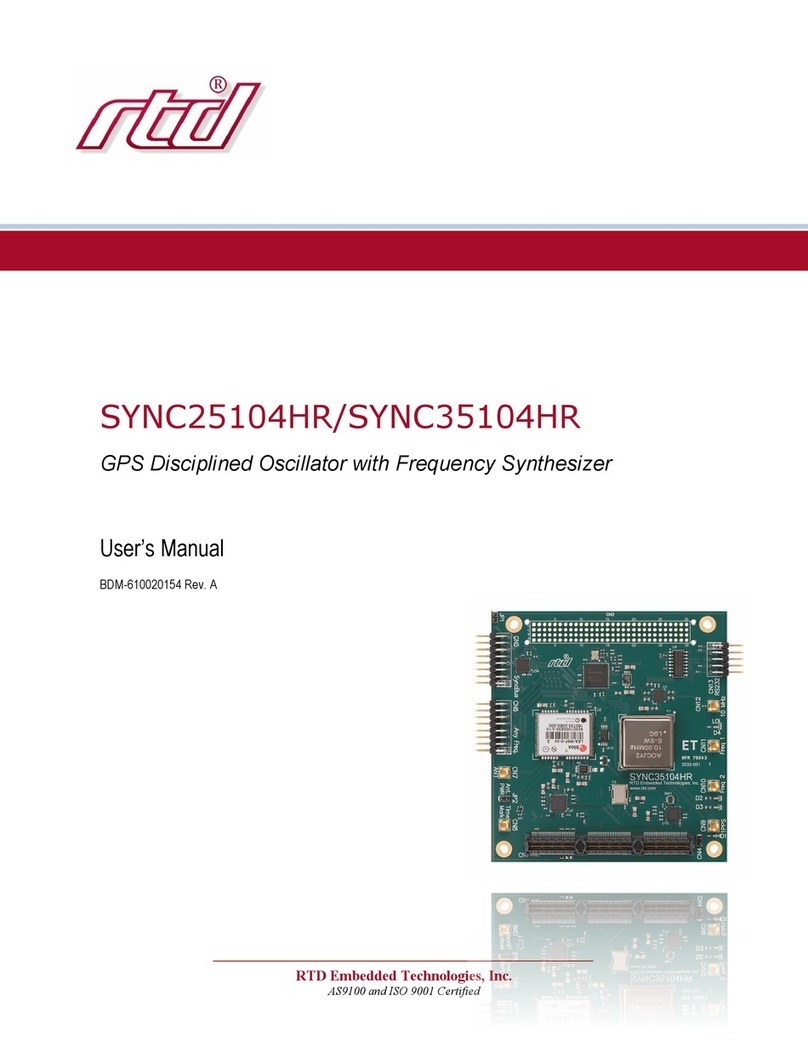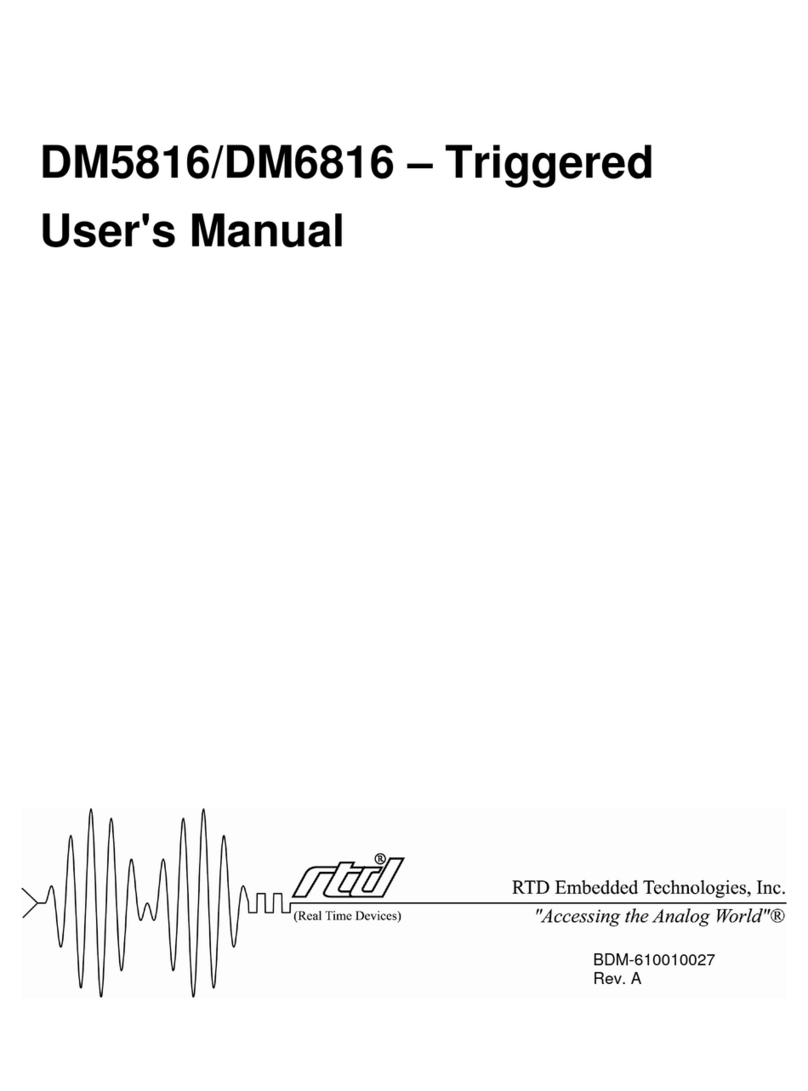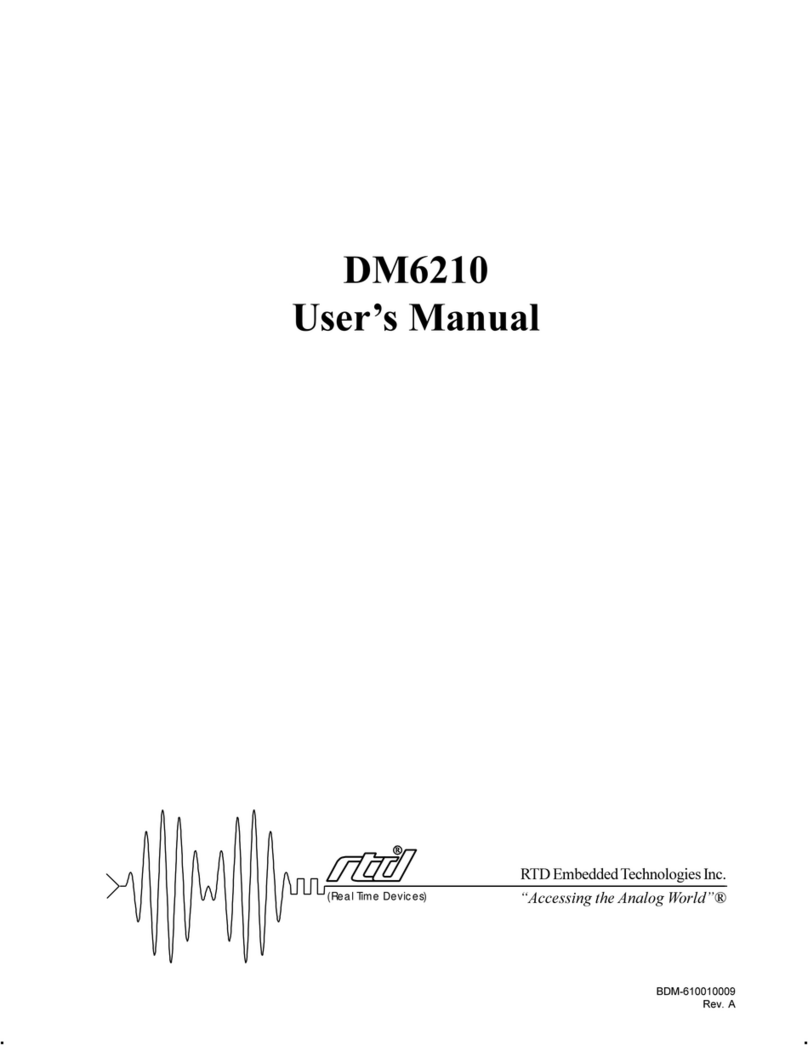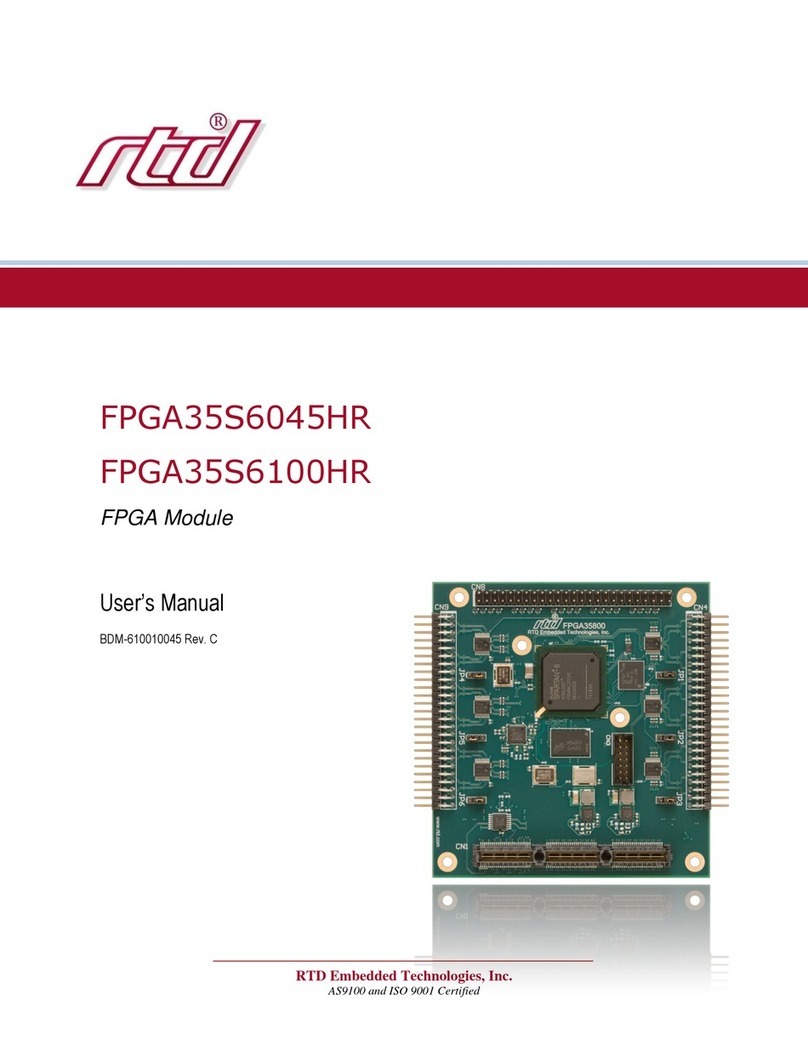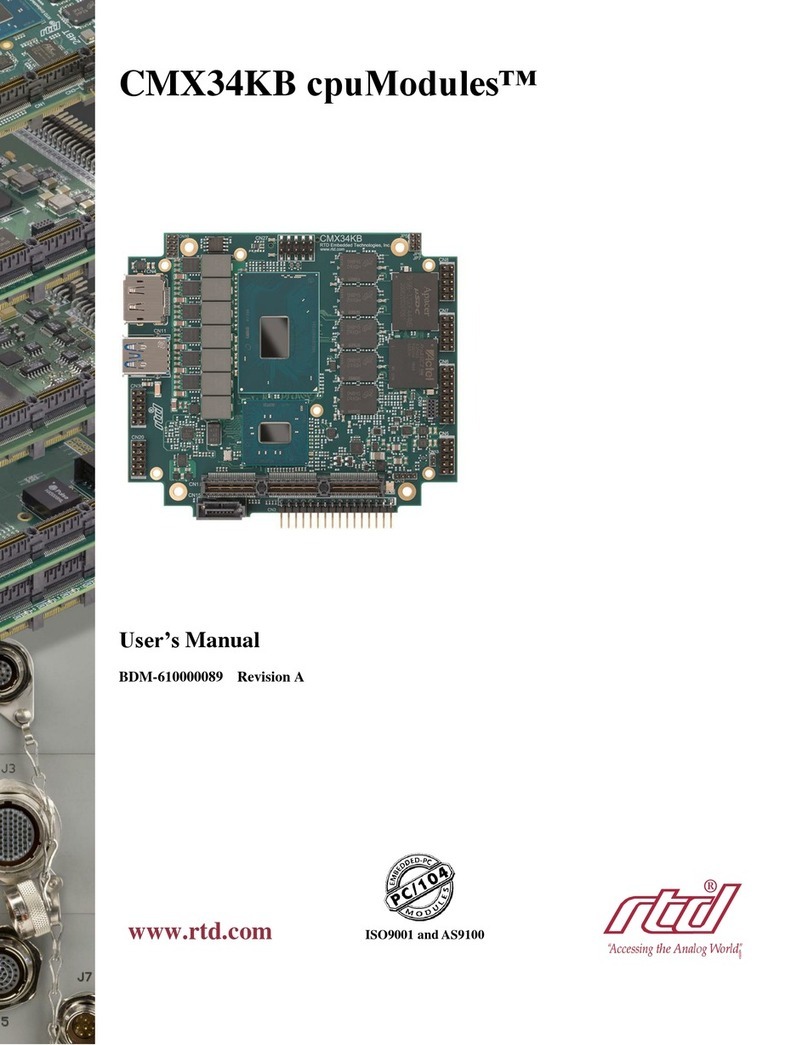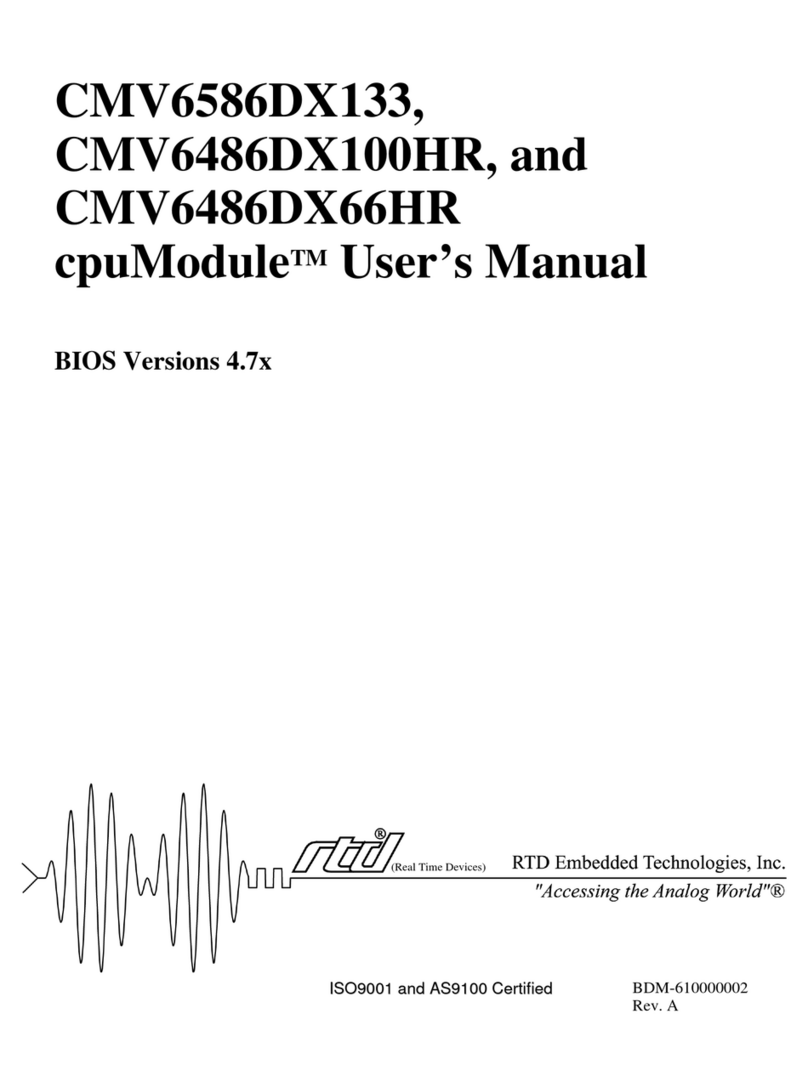
ECAN1000 User’s Manual 4 BDM-610020026 rev B
TABLE OF CONTENTS
CHAPTER 1
INTRODUCTION............................................................................................................................6
FEATURES...................................................................................................................................................................6
CAN BUS CONTROLLER ..............................................................................................................................................6
PHYSICAL INTERFACE.................................................................................................................................................7
MECHANICAL DESCRIPTION ........................................................................................................................................7
CONNECTOR DESCRIPTION..........................................................................................................................................7
WHAT COMES WITH YOUR BOARD?.............................................................................................................................7
BOARD ACCESSORIES .................................................................................................................................................8
USING THIS MANUAL...................................................................................................................................................8
WHEN YOU NEED HELP ...............................................................................................................................................8
CHAPTER 2
BOARD SETTINGS ........................................................................................................................9
FACTORY-CONFIGURED JUMPER SETTINGS ................................................................................................................9
BASE ADDRESS JUMPERS (FACTORY SETTING:300H)...............................................................................................10
INTERRUPT CHANNEL
(FACTORY SETTING:IRQ5) ................................................................................................12
CHAPTER 3
BOARD INSTALLATION............................................................................................................13
BOARD INSTALLATION..............................................................................................................................................13
General installation guidelines: ..........................................................................................................................13
Installation integrated with a PC/104 module stack............................................................................................13
3U rack or enclosure installation with a EUROCARD CPU containing an ECAN1000HR ...............................14
J12 GALVANICALLY ISOLATED CAN BUS CONNECTOR .............................................................................................15
J34 GALVANICALLY ISOLATED CAN BUS TERMINATION JUMPER..............................................................................15
CHAPTER 4
HARDWARE DESCRIPTION.....................................................................................................16
THE CAN BUS CONTROLLER.....................................................................................................................................17
GALVANIC ISOLATION OF THE CAN BUS ...................................................................................................................18
CHAPTER 5
BOARD OPERATION AND PROGRAMMING .......................................................................19
DEFINING THE MEMORY MAP...................................................................................................................................19
INTERRUPTS .........................................................................................................................................................20
What is an interrupt? ...........................................................................................................................................20
Interrupt request lines..........................................................................................................................................20
8259 Programmable Interrupt Controller...........................................................................................................21
Interrupt Mask Register (IMR) ............................................................................................................................21
End-of-Interrupt (EOI) Command .......................................................................................................................21
What exactly happens when an interrupt occurs? ...............................................................................................21
Using Interrupts in your program .......................................................................................................................22
Saving the Startup Interrupt Mask Register (IMR) and interrupt vector.............................................................24
Common Interrupt mistakes.................................................................................................................................25
Example on Interrupt vector table setup in C-code:............................................................................................26
CHAPTER 6
ECAN1000HR SPECIFICATIONS .............................................................................................27
HOST INTERFACE......................................................................................................................................................27
CAN INTERFACES ....................................................................................................................................................27
CONNECTORS ...........................................................................................................................................................27
ELECTRICAL .............................................................................................................................................................27
CE............................................................................................................................................................................27
CHAPTER 7
RETURN POLICY AND WARRANTY......................................................................................28
RETURN POLICY .......................................................................................................................................................28
LIMITED WARRANTY ................................................................................................................................................29
